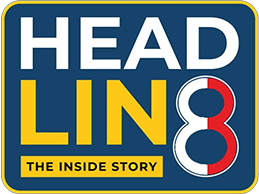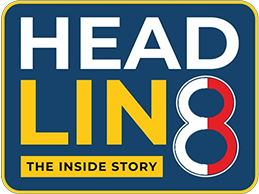A report published by poll rights group Association for Democratic Reforms (ADR) revealed that of the 78 ministers in the newly formed union cabinet of Prime Minister Narendra Modi, at least 42 % (33) have declared criminal cases against them. Of these, four ministers- John Barla, Nitish Pramanik, Pankaj Choudhary and V Muraleedharan have cases related to attempt to murder.
ADR made the analysis on the basis of the self-sworn affidavits of the 78 ministers from Lok Sabha 2019, current Rajya Sabha and assembly elections.
It was also found that of the total 78, 31% (24) ministers have declared serious criminal cases against them which include counts of murder, attempt to murder, or robbery.
In addition, 90% (70) ministers are crorepatis and the average asset per minister is Rs. 16.24 crore. Four ministers- Jyotiraditya Scindia, Piyush Goyal, Narayan Tatu Rane and Rajeev Chandrasekhar have declared assets over Rs. 50 crore. While eight ministers have declared assets less than Rs. 1 crore.
Meanwhile, 15% (12) ministers have declared their educational qualification to be between 8th and 12th while 82% (64) have educational qualification of graduate or above.
To read the full ADR report click here.
Headline8 spoke to All India Congress Committee (AICC) spokesperson Bhupen Borah on the matter and he said, “First of all if you just look at BJP ruled Uttar Pradesh as an example, you will notice that Gunda Raj is going on in the state with the support of the ruling government. So, people with a criminal background getting the opportunity to become ministers in a government that supports Gunda Raj should not come as a surprise.”
” BJP wants to be in power by any means necessary. They do not care about principles and patriotism. They only need money and bahubalis to be in power. And the appointment of the newly formed cabinet proves it,” Borah further added.
It is worth mentioning that 15 new cabinet ministers and 28 ministers of the state were sworn in on Wednesday which was the first cabinet reshuffle of the Modi government’s second term.









